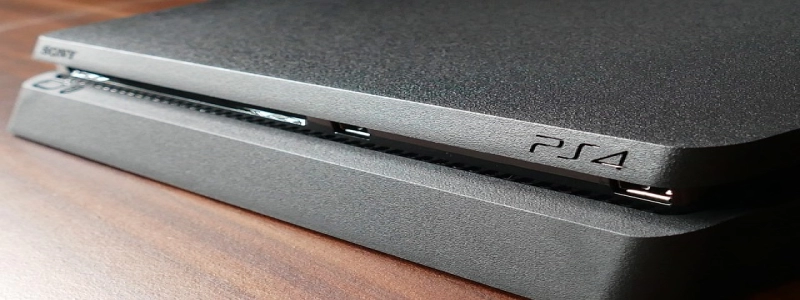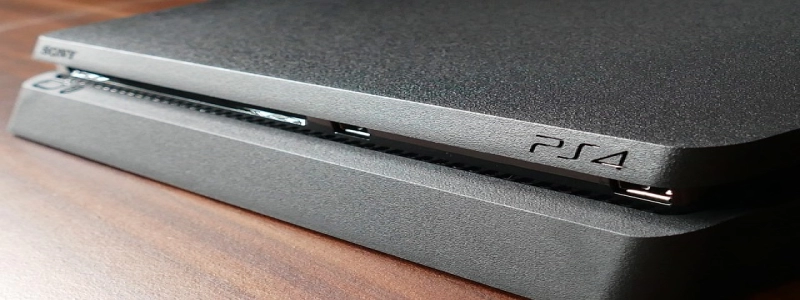How Big Are Fiber Optic Cables?
Introduction:
Fiber optic cables have revolutionized the way we transmit data over long distances. They are the backbone of modern communication systems, allowing us to send vast amounts of information at incredible speeds. But have you ever wondered how big these cables actually are? In this article, we will explore the various sizes and types of fiber optic cables, providing a detailed explanation of their dimensions.
I. Single-Mode vs. Multimode Cables:
Fiber optic cables come in two main types: single-mode and multimode. Single-mode cables are designed for long-distance transmissions with a single beam of light, while multimode cables are used for shorter distances with multiple beams of light. These two types of cables differ in size.
II. Diameter of Single-Mode Cables:
Single-mode cables have a smaller diameter compared to multimode cables. The standard size for single-mode cables is 8.3 to 10 microns. To put this into perspective, the diameter of a human hair is approximately 50 to 100 microns, making single-mode cables significantly smaller.
III. Diameter of Multimode Cables:
On the other hand, multimode cables have a larger diameter to accommodate multiple beams of light. The standard size for multimode cables is 50 to 62.5 microns. While still considerably smaller than a human hair, multimode cables are larger in comparison to single-mode cables.
IV. Outer Diameter of Fiber Optic Cables:
Apart from the core diameter, fiber optic cables also have an outer diameter that includes the core and additional protective layers. The outer diameter varies depending on the application and the number of fibers within the cable. Common outer diameter sizes range from 125 microns for single fibers to 400 microns for cables with multiple fibers.
V. Cable Bundles and Ribbon Cables:
In certain scenarios, multiple fiber optic cables are bundled together to create larger cables. These bundles are commonly referred to as cable assemblies. The size of cable bundles can vary widely depending on the specific application and the number of cables being bundled.
Ribbon cables are a specialized type of fiber optic cable where multiple parallel strands of fibers are stacked together. Ribbon cables are used in situations where high fiber counts are required, such as in data centers or telecommunications networks. The size of ribbon cables can vary, with common counts ranging from 12 to 288 fibers in a single ribbon.
Conclusion:
Fiber optic cables come in a range of sizes depending on their type and intended use. Single-mode cables have a smaller diameter compared to multimode cables, while the outer diameter of fiber optic cables can vary based on the number of fibers and additional protective layers. Cable bundles and ribbon cables are also used to increase fiber counts in specific applications. Understanding the sizes of fiber optic cables is crucial for designing and implementing efficient communication systems that meet the demands of today’s data-driven world.








